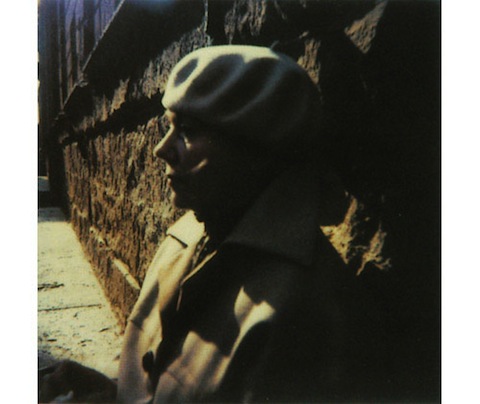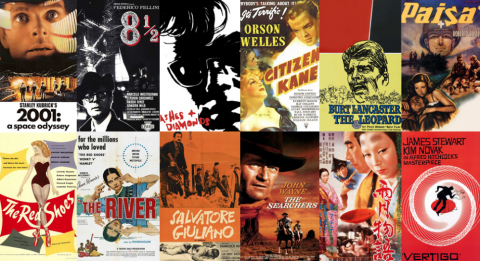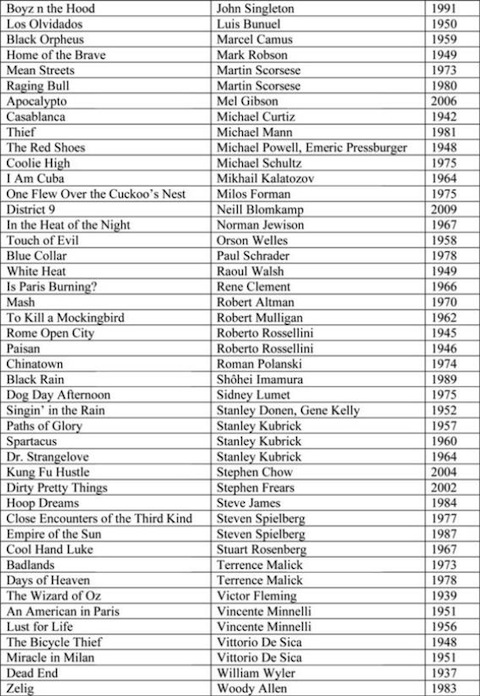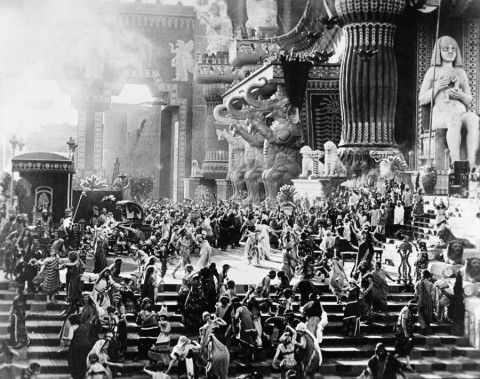Literary theorist and scholar Walter Benjamin was part of a small but incredibly significant cohort of German-Jewish intellectuals who fled the Nazis in the thirties. The group included thinkers like Theodor Adorno, Max Horkheimer, Hannah Arendt, Herbert Marcuse, and Bertolt Brecht. Of all of the names above, only Benjamin succumbed, committing suicide by morphine overdose in 1940 at a Catalonian hotel, when it became clear that the Spanish, with whom he had sought refuge, were going to turn him back over to Germany.
Of all of the thinkers above, most of whom are fairly well-known by U.S. students of the liberal arts, it can (and should) be argued that Benjamin was the most influential, even if he rarely appears on a syllabus, excepting one well-known essay, “The Work of Art in the Age of Mechanical Reproducibility,” a staple of film and media theory classes. All of the thinkers listed above adored Benjamin, and all of them figuratively sat at his feet. And while Benjamin—often by reference to the aforementioned essay—gets pegged as a Marxist thinker, he was also something else; he was a mystic and a sage, the critical equivalent, perhaps, of Kafka.
The 1993 experimental film above—One Way Street: Fragments for Walter Benjamin—is part documentary, part low-budget cable-access editing exercise. The film provides an introduction to Benjamin’s life and thought through interviews with scholars, re-enactments of Benjamin’s last days, and montages centered around his many aphoristic expressions. One Way Street opens with an epigram from Benjamin’s pupil Brecht, from the latter’s poem “On the Suicide of the Refugee W.B.,” in which Brecht eulogizes his mentor’s prophetic strain: “the future lies in darkness and the forces of right / Are weak. All this was plain to you.” Indeed, it is this mystical aspect of Benjamin that defies his strict categorization as a dogmatic Marxist materialist. Through the considerable influence of his friend Gershom Scholem, Benjamin acquired a deep interest in Kabbalistic thought, including a messianic streak that colored so much of his writing.
In reference to this Jewish mysticism, Anson Rabinbach, editor of New German Critique summarizes Benjamin’s thought above:
The world is… dispersed in fragments, and in these fragments, the fragments of the world that God has now turned his back on, reside certain presences, which attest to the former existence of their divine character. You cannot actively go about to discover these divine presences, but they can be revealed.
According to Rabinbach, Benjamin’s method was, similar to Freud’s, an attempt to “unlock” these “emanations” by “juxtaposing things that don’t quite necessarily appear to be related to each other… And this is the Kabbalistic sense, that you cannot go directly at the task, because the disclosure of the emanation is blocked.” Benjamin’s fragmentary “method” produced prodigious results—hundreds upon hundreds of pages of essays, and a frustratingly unfinished book published as The Arcades Project.
His thought is so diverse that one commenter in the film above—Michael Jennings, author of Benjamin study Dialectical Images—says that “the way that Benjamin is used most in this country, is to dip in and take a quotation out of context, in support of any argument one could think of, and I used to take umbrage at this, until I realized that this was precisely Benjamin’s own practice.” In this way, Benjamin occupies a similar place in the humanities as Russian literary theorist Mikhail Bakhtin. Where he is famous, he is famous for creating whole conceptual fields one can invoke by uttering a single word or phrase.
One of the most potent words in the Benjamin lexicon is the French term flâneur. The flâneur is a “stroller, idler, walker,” a “well-dressed man, strolling leisurely through the Parisian arcades of the nineteenth century—a shopper with no intention to buy, an intellectual parasite of the arcade” (as Benjamin website “The Arcades Project Project” defines it). The flâneur is an individual of privilege and a progenitor of the male gaze: “Traditionally the traits that mark the flâneur are wealth, education, and idleness. He strolls to pass the time that his wealth affords him, treating the people who pass and the objects he sees as texts for his own pleasure.” The flâneur is not simply a passive observer; he is instead a kind of lazy urban predator, and also a dandy and proto-hipster. Perhaps the most sinister representation of this character (in a different urban context) is the creepy Svidrigailov in Dostoevsky’s Crime and Punishment.
In the 1998 film above, Flâneur III: Benjamin’s Shadow, Danish director Torben Skjodt Jensen and writer Urf Peter Hallberg collaborate on an impressionistic black-and-white meditation on Paris, overlaid with Hallberg’s ruminations and quotations from Benjamin. Benjamin’s fascination with nineteenth-century Paris drove his massive, unfinished Arcades Project, an excavation of the inner workings of modernity. Where One Way Street is marked by a very dated 90’s aesthetic (which may look chic now that the decade’s back in fashion), the above film is both classical and modernist, a testament to the beauties and contradictions of Paris. I think in this respect, it is a more fitting tribute to the critical and contradictory aesthetic theory of Walter Benjamin.
Related Content:
Hear Theodor Adorno’s Avant-Garde Musical Compositions
Hannah Arendt Discusses Philosophy, Politics & Eichmann in Rare 1964 TV Interview
Martin Heidegger Talks About Language, Being, Marx & Religion in Vintage 1960s Interviews
Josh Jones is a writer and musician based in Washington, DC. Follow him at @jdmagness











